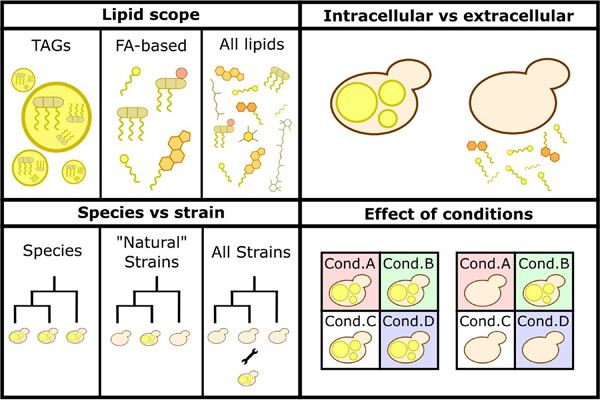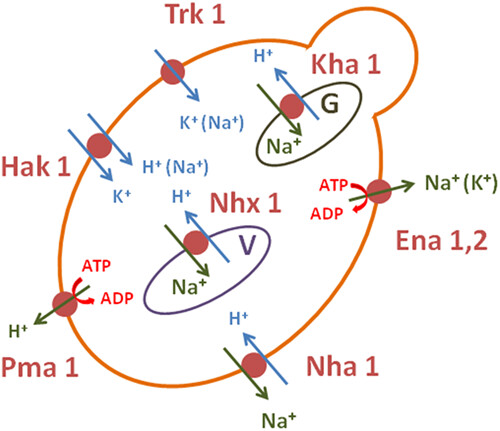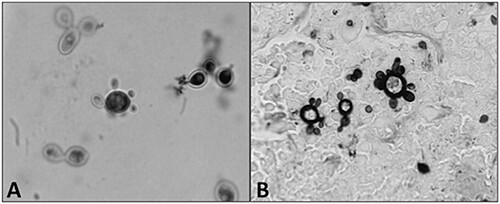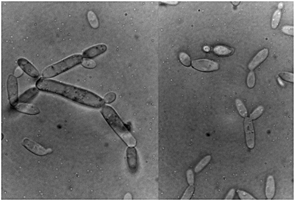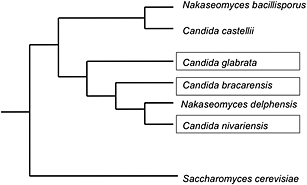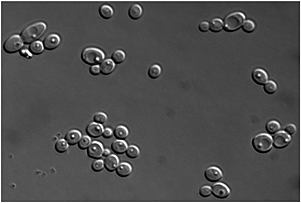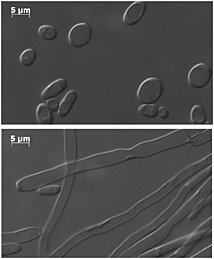Journal list menu
Export Citations
Download PDFs
2023
The evolution of anaerobic growth in Saccharomycotina yeasts
- First Published: 01 August 2023
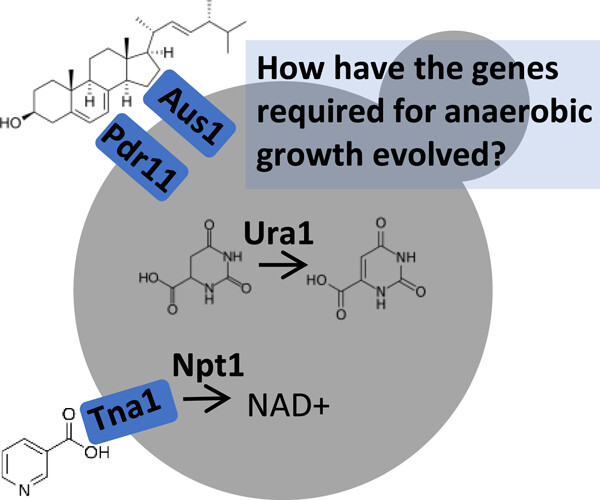
When growing under anoxic conditions, budding yeasts require the uptake of exogenous sterols via Aus1 and Pdr11, the anaerobic conversion of dihydroorotate to orotate via Ura1 or anaerobically specialized Ura9, and the uptake of nicotinic acid via Tna1 and the salvage pathway gene Npt1, among other adaptations. Combining high-throughput phenotyping and genomics will help to deduce how this complex phenotype evolved, as well as shed light on yeast ecology.
2022
Oleaginous yeasts: Time to rethink the definition?
- First Published: 10 November 2022
2020
The Wickerhamiella/Starmerella clade—A treasure trove for the study of the evolution of yeast metabolism
- First Published: 15 February 2020
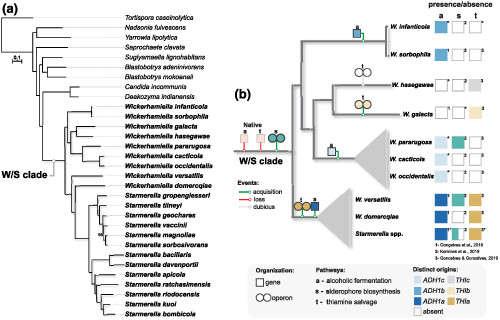
Most yeast species belonging to the Wickerhamiella/Starmerella (W/S) clade have unusual metabolic characteristics—fructophily and production of polyols as fermentation products. They also harbour large numbers of horizontally acquired genes, some of which were recently shown to be functional in their new setting, acting in fructose transport, in alcoholic fermentation, and in siderophore or thiamine synthesis. The W/S clade, in which many species have not yet been formally described and most remain poorly characterized, emerges as a fascinating model to study the evolution of metabolism.
2018
The yeasts of the genus Spathaspora: potential candidates for second-generation biofuel production
- First Published: 11 September 2017

Yeasts of the Spathaspora clade have the ability to convert d-xylose to ethanol and/or xylitol. The core group of the genus Spathaspora has 22 species, both formally described and not yet described. Among the d-xylose-fermenting Spathaspora species, Sp. passalidarum is the best ethanol producer, displaying high ethanol yields and productivities, which suggests this species as a potential candidate for domestication and use in the fermentation of lignocellulosic materials.
2017
The spoilage yeast Zygosaccharomyces bailii: Foe or friend?
- First Published: 27 May 2017
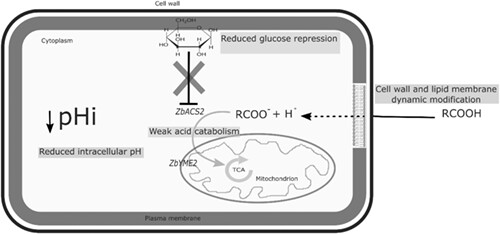
Competition for a place in the sun led Zygosacharomyces bailii to develop unique innate weak acid resistance mechanisms. Allowing it to adapt to weak acid environments, otherwise hostile for the competitors (bacteria, other yeasts), these mechanisms surely contribute in securing the survival of the species.
Yeasts found in vineyards and wineries
- First Published: 03 November 2016
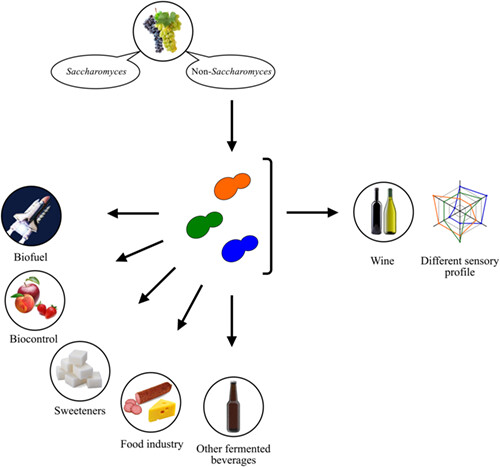
Wine is a complex beverage, comprising thousands of metabolites that are produced through the action of microbial communities that originate in the vineyard and the winery and which reflect the influence of several factors including grape variety, geographical location, climate, vineyard spraying, technological practices and season. As these microbial inhabitants of the vineyard and winery can directly influence wine flavour and aroma, there is enormous interest in isolating and characterising these communities in order to increase wine flavour diversity, while enhancing regionality. In this review we describe the role and relevance of the main non-Saccharomyces yeast species found in vineyards and wineries, including the latest applications of these species in both winemaking and other biotechnological applications, while providing details of the molecular and genomic resources that are available for their in depth characterisation.
Naumovozyma castellii: an alternative model for budding yeast molecular biology
- First Published: 28 October 2016
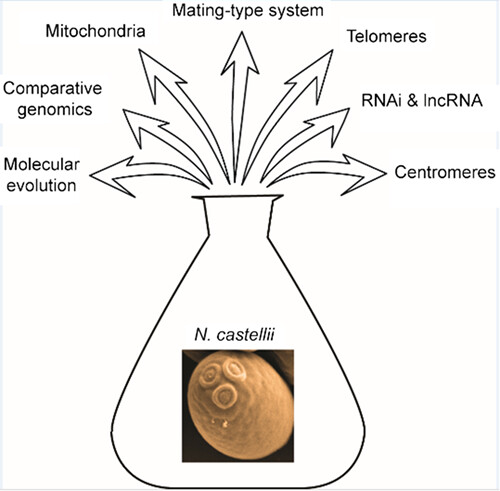
The budding yeast Naumovozyma castellii (syn. Saccharomyces castellii) has been used in a wide diversity of research studies regarding molecular genetics and functional genomics. Significantly, it has contributed to major insights concerning the molecular mechanisms of telomere maintenance and genome evolution, revealing a functional RNA interference pathway in budding yeast and adding intriguing new perspectives on centromere DNA evolution.
2016
Metschnikowia: half tetrads, a regicide and the fountain of youth
- First Published: 07 September 2016
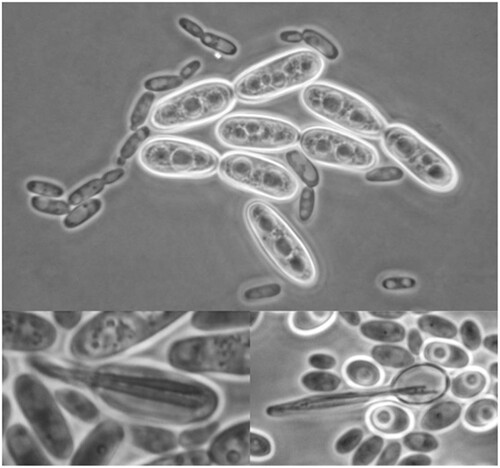
From glorious beginnings in the discovery of immunity by phagocytosis over a hundred years ago, Metschnikowia species are now studied as agents of nectar transformation, open-air fermentations, and biocontrol of fruit and wine spoilage. They share a conserved mating system and form intriguing pairs of needle-shaped ascospores. Many species have a strong biogeography, are good models of speciation, and some may even hold the key to the evolution of obligate parasitism in yeasts.
Blastobotrys (Arxula) adeninivorans: a promising alternative yeast for biotechnology and basic research
- First Published: 03 July 2016
The halotolerant Debaryomyces hansenii, the Cinderella of non-conventional yeasts
- First Published: 08 June 2016
2015
New insights into a complex fungal pathogen: the case of Paracoccidioides spp.
- First Published: 18 December 2015
Saccharomyces pastorianus: genomic insights inspiring innovation for industry
- First Published: 01 August 2014
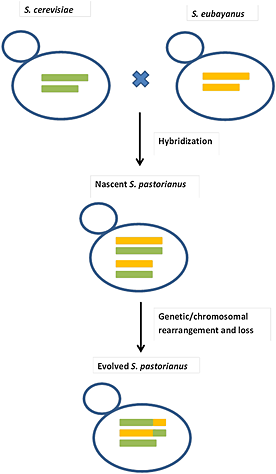
The success of the hybrid lager brewing yeast Saccharomyces pastorianus as an industrial organism is due to a unique combination of beneficial traits inherited from the parental species (S. cerevisiae x S. eubayanus). The availability of S. eubayanus isolates from various geographical areas has made way for the generation of tailor-made, non-GM ‘S. pastorianus’ strains for immediate use in the brewing industry.
2014
The ecology and evolution of non-domesticated Saccharomyces species
- First Published: 20 September 2014
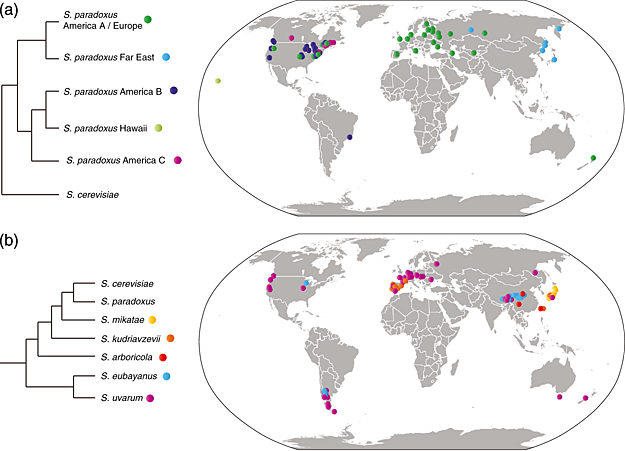
The genus Saccharomyces includes seven species, most of which evolved in the absence of domestication. Saccharomyces species live throughout temperate zones, and are most often found associated with hardwoods. Researchers are continuously learning about Saccharomyces population structure, natural history, and life cycles in the absence of domestication, and developing the genus as a model of ecology and evolution.
Schizosaccharomyces japonicus: the fission yeast is a fusion of yeast and hyphae
- First Published: 25 December 2013
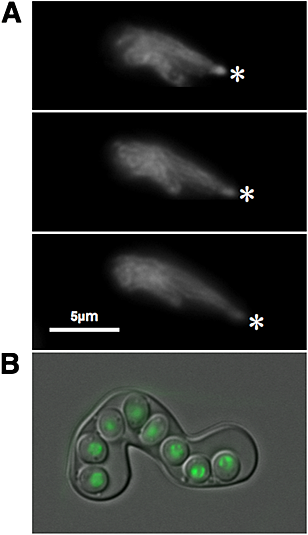
Schizosaccharomyces japonicus differs greatly from the more widely studied S. pombe insmany respects: larger cell size, chromosomal behavior during cell division, and efficent hyphal growth. The recent development of genetic resources for S. japonicus have provided tools comparable to those available for S. pombe. Thus, S. japonicus has the potential to serve as a key model organism for understanding the yeast-hyphal cell transition.
Cryptococcus neoformans: historical curiosity to modern pathogen
- First Published: 25 December 2013

The importance of the Basidiomycete Cryptococcus neoformans to human health has stimulated its development as an experimental model for both basic physiology and pathogenesis. We briefly review the history of this fascinating and versatile fungus, current tools available for its study, and some notable aspects of its biology that contribute to virulence.
2013
Yeast on the milky way: genetics, physiology and biotechnology of Kluyveromyces lactis
- First Published: 11 April 2013




